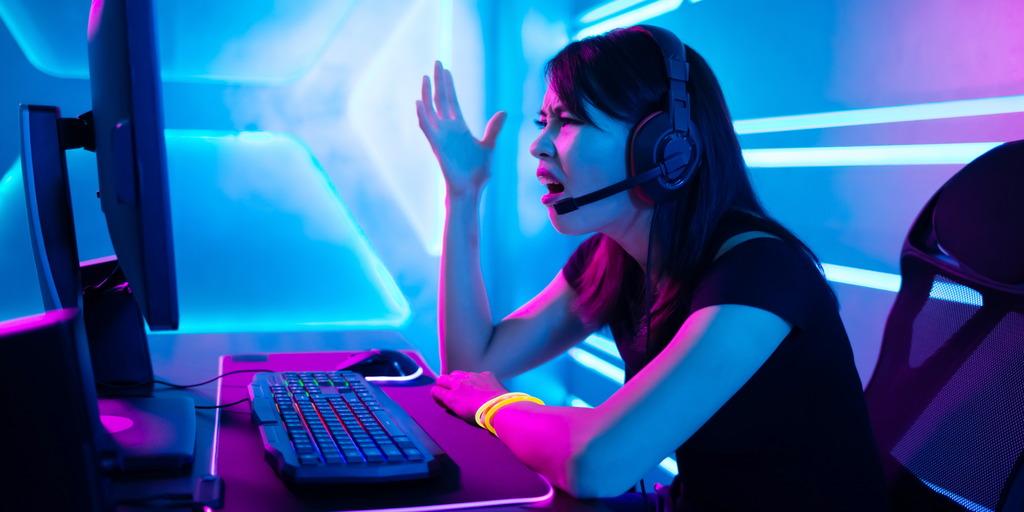
The future of gaming is a topic of debate among enthusiasts and industry insiders alike. One camp believes that interoperability is the next revolution in gaming, with non-fungible tokens (NFTs) serving as the vehicle to enable unique item ownership and functionality across games and apps. However, there are many who believe that achieving true interoperability is simply not possible.
Interoperability in gaming refers to the ability to transfer assets from one game to another, promoting the concept of true ownership of digital assets. Crypto advocates argue that NFTs can enable this by representing a unique item or asset that can be used across different games and decentralized apps (dapps) with a wallet. However, the issue lies in the implementation of this idea.
The balance and mechanics of different games vary greatly, making it challenging to seamlessly transfer assets from one game to another. Tobias Batton, founder and CEO of Ex Populus, points out that the damage system in Fortnite, for example, is fundamentally different from Call of Duty. This presents significant hurdles to achieving full interoperability.
One major roadblock to achieving interoperability is the need for tech standards to be put in place and widely adopted by the gaming industry. While NFTs can facilitate the use of user-owned items across games, there is much more to be done in terms of supporting blockchain assets and establishing universal coding languages.
The establishment of industry-wide cooperation and standardized open-source file types could help pave the way for interoperable gaming. The recently launched Metaverse Standards Forum aims to foster interoperability for an open and inclusive metaverse. Over 2,500 organizations, including tech giants like Meta, Adobe, and Microsoft, have joined the forum in the pursuit of standardization.
While the larger players in the gaming industry have yet to embrace interoperability fully, smaller games and Web3 startups are experimenting with interoperable standards. For example, Ready Player Me provides an “end-to-end character system” that allows users to bring their avatars across titles using the glTF standard. Crucible Network’s Emergence SDK equips developers with tools for interoperability using the VRM standard.
The ultimate goal is to have AAA games embrace interoperability and drive the concept to the masses. However, this may require convincing game publishers that opening up their ecosystems will ultimately benefit their bottom line. The success of Fortnite’s battle pass system, for example, paved the way for its implementation in other popular games like Call of Duty and League of Legends. Demonstrating the business value of interoperability through increased item sales could be crucial in convincing industry giants to adopt this approach.
In conclusion, achieving true interoperability in gaming is an ongoing challenge. While NFTs and blockchain technology offer potential solutions, there are significant technical and business hurdles to overcome. The establishment of tech standards and industry-wide cooperation, as well as the adoption of interoperable standards by smaller games and startups, are steps in the right direction. However, widespread adoption by major players in the industry is necessary for the concept to have a meaningful impact on the gaming landscape.






